Mini-splits throughout the house?
jagoe1
10 years ago
Featured Answer
Comments (12)
ionized_gw
10 years agolast modified: 9 years agoionized_gw
10 years agolast modified: 9 years agoRelated Professionals
Fort Lee Solar Energy Systems · Half Moon Bay Solar Energy Systems · Paramus Solar Energy Systems · Rosemount Solar Energy Systems · Birmingham Home Automation & Home Media · Delray Beach Home Automation & Home Media · Detroit Home Automation & Home Media · Fayetteville Home Automation & Home Media · Franklin Home Automation & Home Media · Hialeah Gardens Home Automation & Home Media · Mount Lebanon Home Automation & Home Media · Orange County Home Automation & Home Media · Richfield Home Automation & Home Media · Saint Petersburg Home Automation & Home Media · San Bruno Home Automation & Home Mediajackfre
10 years agolast modified: 9 years agoionized_gw
10 years agolast modified: 9 years agoElmer J Fudd
10 years agolast modified: 9 years agojackfre
10 years agolast modified: 9 years agoElmer J Fudd
10 years agolast modified: 9 years agoenergy_rater_la
9 years agolast modified: 9 years agocooldyood
7 years agomaddybeagle
5 years agoCathy DiVello
5 years ago
Related Stories
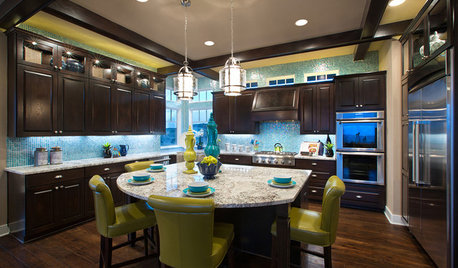
DECORATING GUIDESStrategies to Create Color Flow Throughout a Home — a Case Study
Unite your indoor and outdoor rooms with a consistent color palette, for cohesion and a polished look
Full Story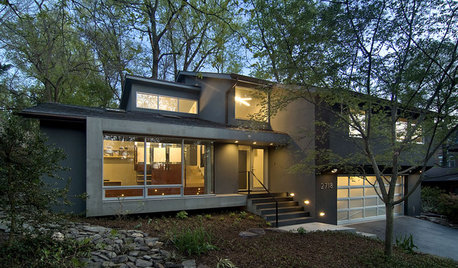
REMODELING GUIDESStep Up Your Split-Level Spec House
Three off-the-rack split-level homes, three dramatically different renovations. Let your favorite be your guide
Full Story
DECORATING GUIDES10 Ways to Hide That Air Conditioner
Feeling boxed in designing around your mini-split air conditioner? Try one of these clever disguises and distractions
Full Story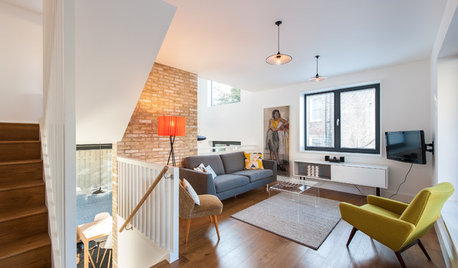
CONTEMPORARY HOMESHouzz Tour: Split-Level Home Uses Every Square Foot
A staircase connects levels that share views and light. The result is separate rooms with an open-plan feeling
Full Story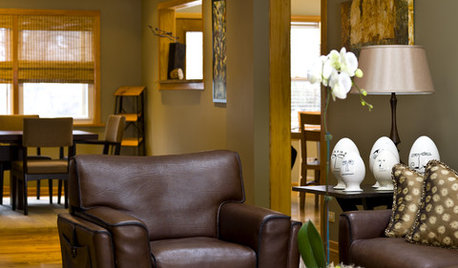
HOUZZ TOURSMy Houzz: Contemporary Split-Level in Chicago
An art-collecting Illinois family transforms their 1950s home, starting with a complete color redesign
Full Story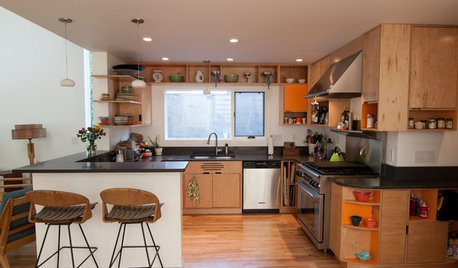
HOUZZ TOURSMy Houzz: Added Space and Style for a 1960s Split Level
With a new second story and downstairs suite, custom touches and midcentury pieces, this Portland family home suits 3 generations
Full Story
ARCHITECTUREWhat's Next for Our Homes' Exterior Design?
Take a mini tour of architecture's changing response to basic needs, throughout history and going forward
Full Story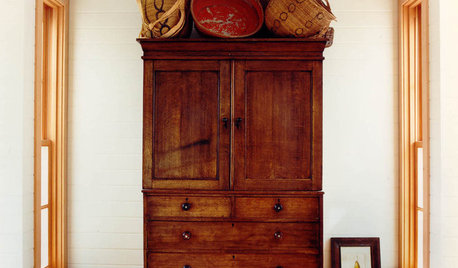
DECORATING GUIDESA Beginner's Mini Guide to Buying Antiques
Experience the thrill of the hunt without ignorance ruining the spoils, with this guide to antiquing for novice buyers
Full Story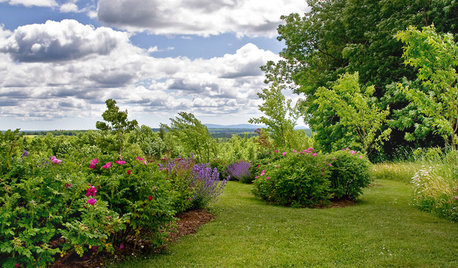
LANDSCAPE DESIGNYour Mini Guide to Great Garden Edges
Get the scoop on trenches to the skinny on bender board, to help keep your garden beds as tidy as you like
Full StorySponsored
Columbus Area's Luxury Design Build Firm | 17x Best of Houzz Winner!
More Discussions






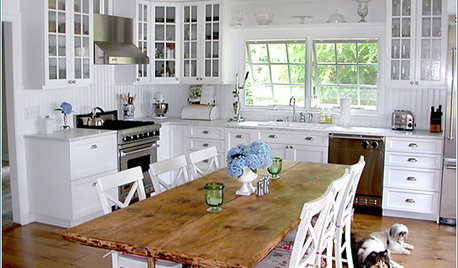
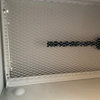

Pool_isCool